Camilo Lab Undergraduates Honored in SLU Senior Legacy Symposium
Congratulations and good luck to Josh and Jordan!
We are saying farewell to our two amazing undergrads, Josh Marino and Jordan Hathaway. Working in the lab all four years, they have been an amazing asset. Their positive attitude and can-do spirit has made them excellent helpers on a variety of projects. They have persevered through the characteristically hot St. Louis summer weather as well as overcome such experiences as getting poison ivy, rabid raccoons and strangers giving them money.
On top of all of this, they have worked on their own project examining morphometrics of bees.
They were honored at SLU’s Senior Legacy Symposium, with Jordan receiving an award through the biology department (Josh was ineligible because he is a Health Management major with a Biology minor).
We will certainly miss them but are thankful for all they have done for the lab over the last four years. Below you can find out more about their research, which they are currently developing into a manuscript.
From their abstract: Bees represent the most important pollinator taxon in nature, so it is of great interest to understand the factors that influence the way they behave and interact with other organisms in their environments. Body size is one factor that has been shown to have a significant relationship with a plethora of different bee traits including: maximal foraging distance, pollen load, pollination efficiency, and thermoregulatory capability. Previous attempts to classify the functional variation of bee body size have used a categorical approach which places bees of similar size into discrete groups; however, we believe the use of continuous models to be a better option when trying to identify patterns in bee size. To test this view, we measured the intertegular distance of five bee species, two social: Bombus impatiens, characterized as a large species, and Halictus ligatus, characterized as a small), and three solitary (Anthidium manicatum, characterized as a medium, Agapostemon virescens, characterized as a small, and Ptilothrix bombiformis, characterized as large) that were sampled from urban community garden sites across St. Louis, MO. We compared body size models generated with the package ‘pollimetry’ in the R computational environment.










